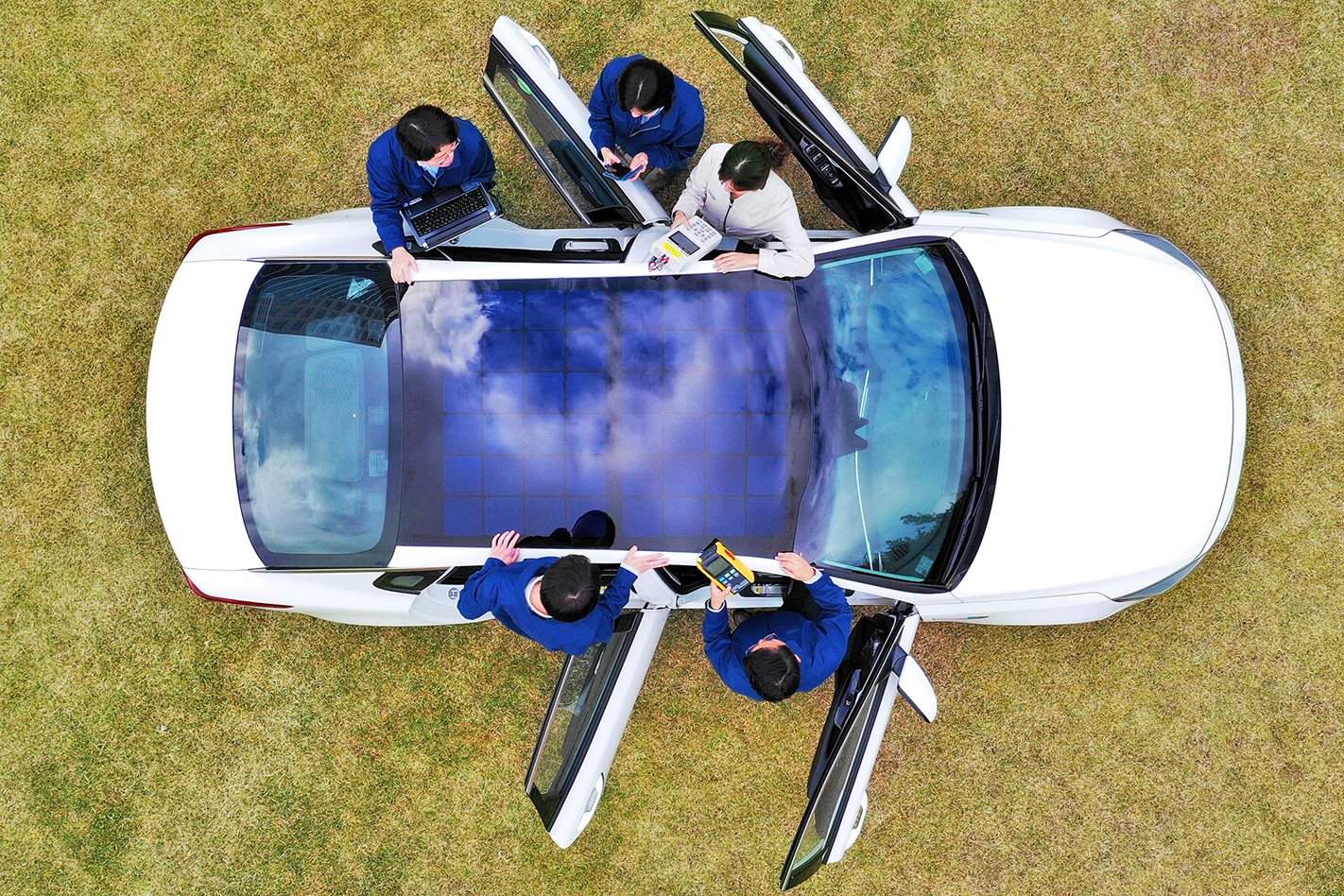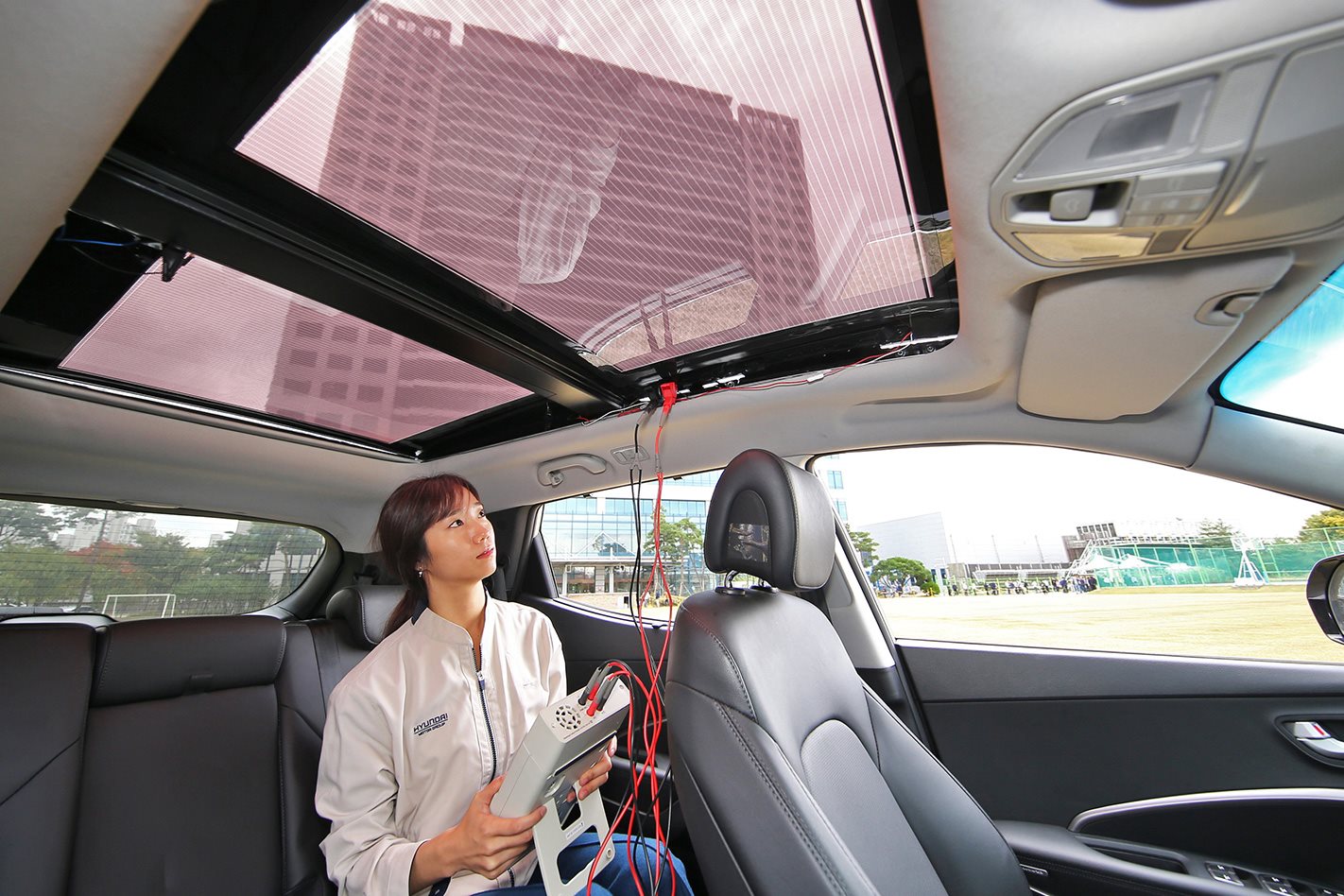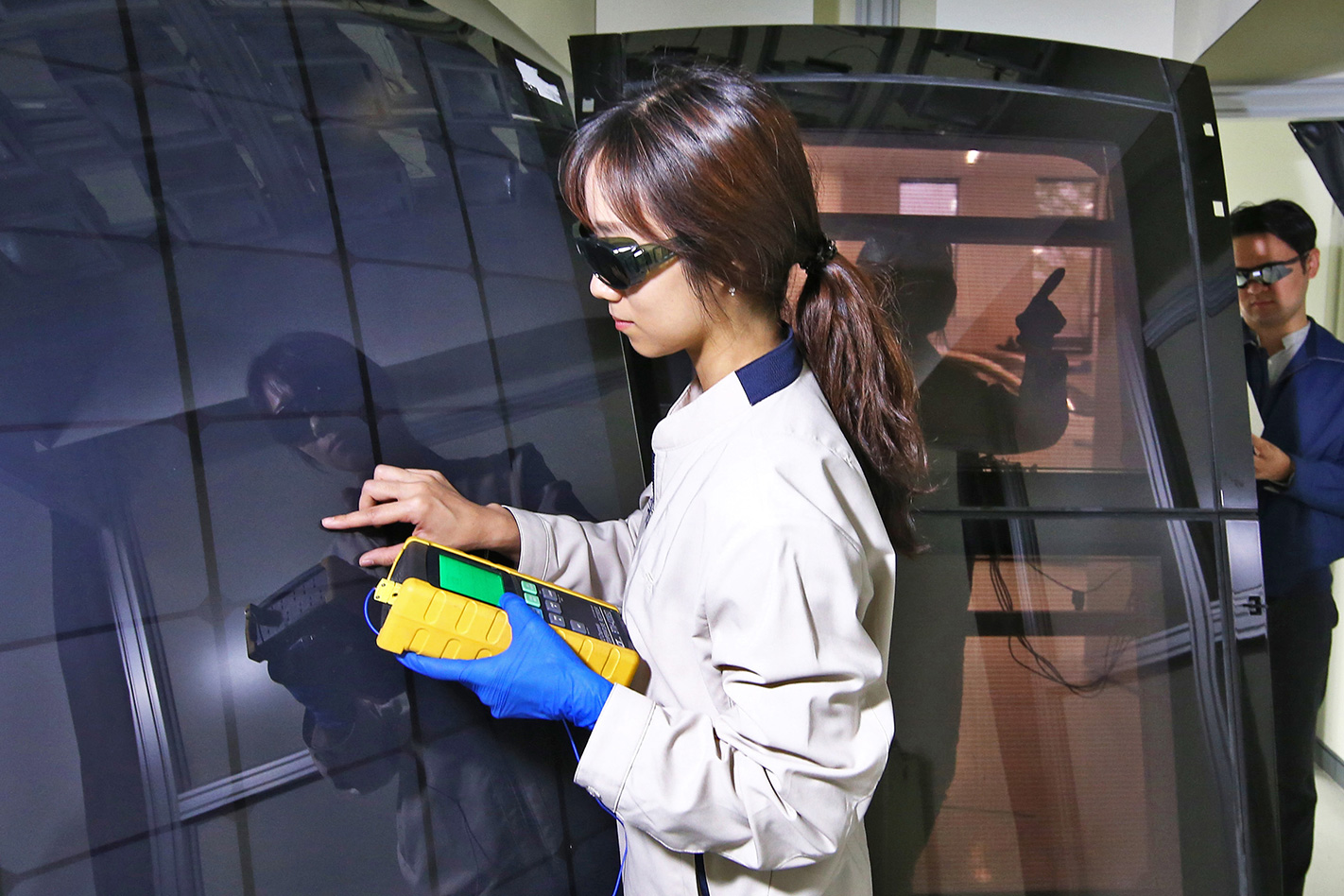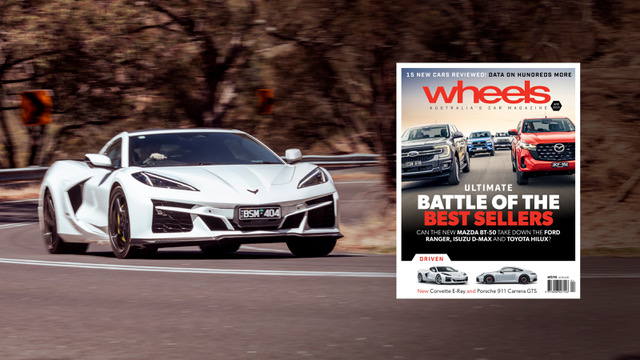
Hyundai and Kia plan to introduce solar panels to the roof and bonnet of some vehicles to help boost the efficiency of its combustion and electrified powertrains.
The Korean duo’s parent company Hyundai Motor Group is developing three types of solar roof charging systems, including its first-generation silicon solar roof system; the second-generation semi-transparent solar roof system, and the third-generation lightweight “solar-lid” on the vehicle’s body.
The first-generation solar roof system, set for launch next year, will be applied to hybrid models and includes mass-produced silicon solar panels mounted on an ordinary roof.

This system can generate up to a 60-percent battery charge per day, depending on weather conditions and the environment.
The second-generation solar setup uses semi-transparent solar cells applied to a panoramic sunroof. In a world first, it will be applied to conventionally-powered vehicles to provide natural light, and power electrical systems such as air-conditioning to take load off the engine and thus boost overall efficiency. The solar cells will charge the car’s battery, or a second battery that’s separate to the car’s ignition system.
According to the Hyundai group, applying solar charging systems to internal combustion engine vehicles will help combustion engines continue to adhere to increasingly stringent emissions laws.

The third-generation lightweight solar-lid system will include a structure that discreetly incorporates solar cells with the car’s panels.
Solar panels have been used on cars since the 1990s, when the Mazda 929 used a roof-mounted cell to run fans to help keep the cabin cool while the car was parked. The Nissan Leaf integrated photovoltaic cells in a similar way.
And in some overseas markets you can buy a Toyota Prius with a roof-spanning solar array, which partly charged the batteries while the car is parked. However, it’s only available on the Prius Prime plug-in hybrid, a variant that is not set to come to Australia.
Audi is also developing the use of solar panels for its future e-tron EV range.




